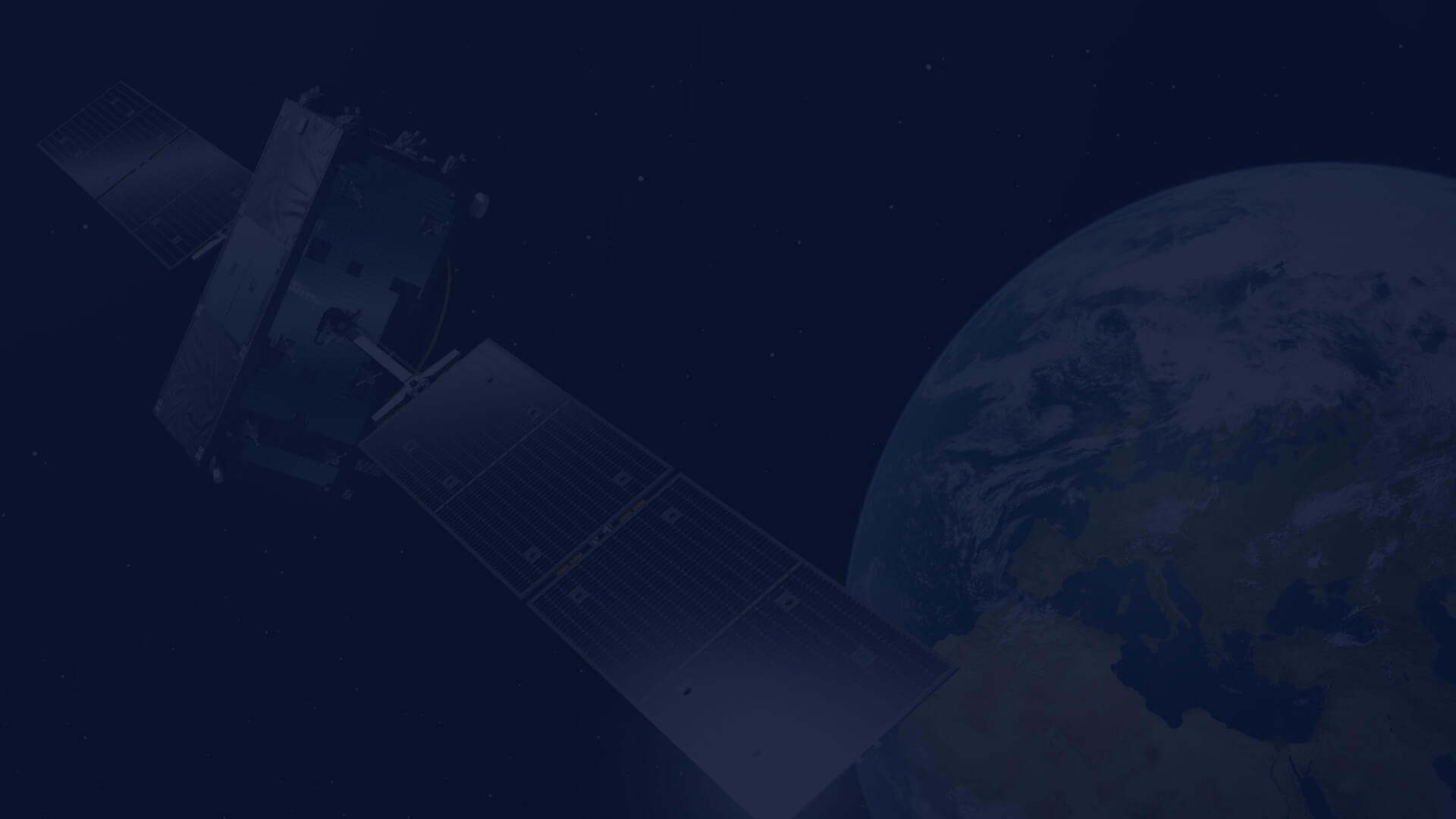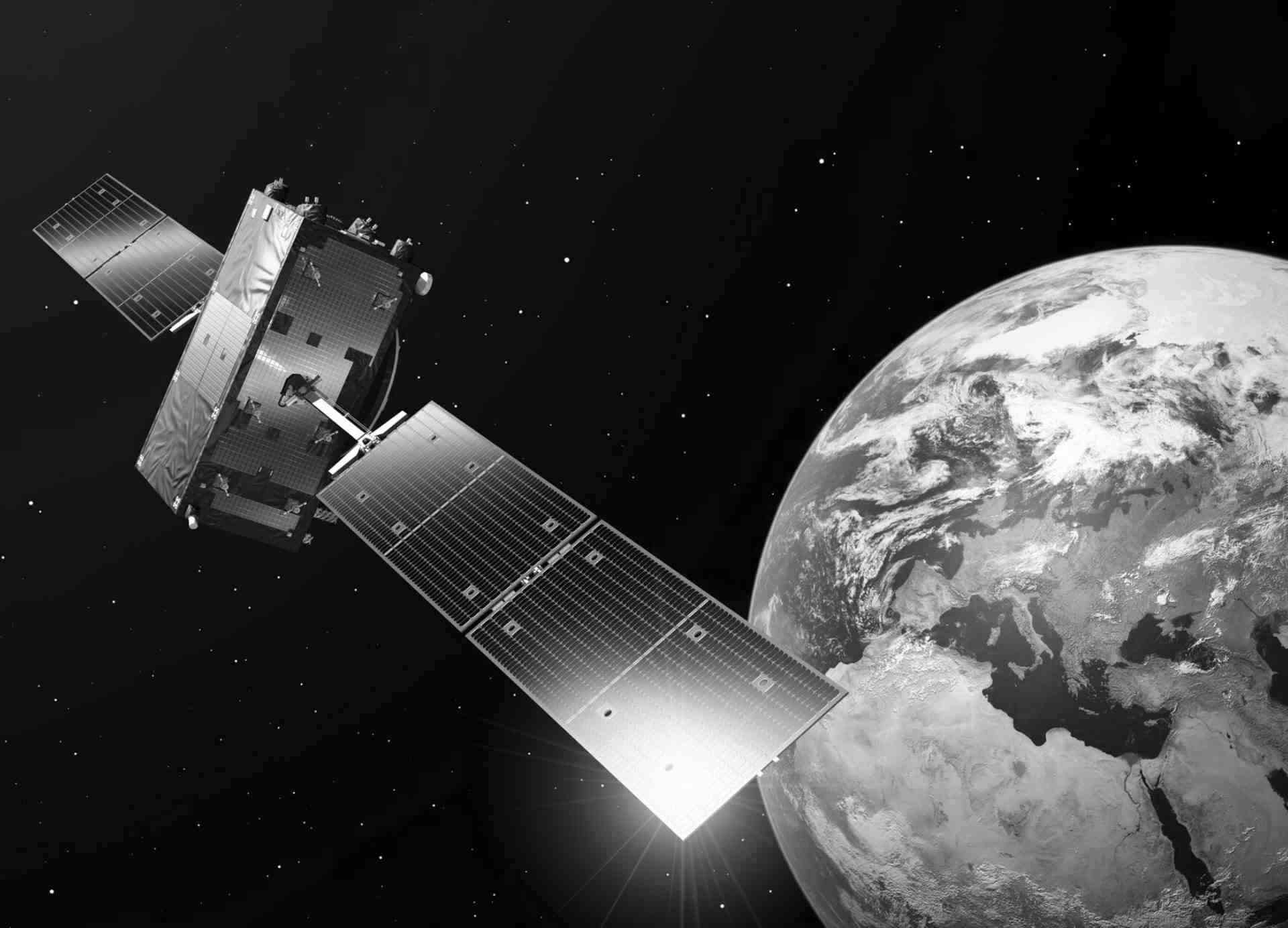CREODIAS FOR LAND AND AGRICULTURE MONITORING DATA
Copernicus program priorities are to gain from Earth Observation techniques and make research, administration, agriculture, economy, environmental protection of our lands easier, cheaper and more effective. Copernicus Land Monitoring Service (CLMS) constitute rich data hub with archival and near real time environmental resources. CREODIAS platform make accessible CLMS products over S3 or NFS protocol moreover our platform offers wide set of raw and ready to further process data. Each User can make his own contribution to expanding data land applications using CREODIAS resources.
SATELLITE DATA FOR LAND SERVICES
Satellite data are used in land monitoring for plenty of applications. Both radar and optical data in each spectrum can be efficiently utilize. Originally Landsat and Sentinel -2 are dedicated for covering information stream for land monitoring. Nevertheless, satellite sensors dedicated for marine (Sentinel-3) or atmospheric aims (Sentinel-5P) can find their place in land explorations. Everything depends on goal, region and scale of analysis. List of satellite products provided via CREODIAS service covers plenty of needed information including those generated within Copernicus program.
CREODIAS DATA FOR AGRICULTURE
Products available via DIAS’s are used for further thematic and detailed investigations. Cultivation range and type can be generated for farmers in order to better parcel management base on medium resolution Sentinel-1, Sentinel-2 and Landsat TM series or those with resolution about 1m like Jilin or KazEOSat. Knowledge about potential and actual yield together with location of stresses (thermal, water, nutrition, etc.) allows to carry out precise treatments and apply adequate doses of fertilizers. Using vegetation indices and data processing we could recognize places of yield losses and with additional knowledge its reasons.
BIOPHYSICAL INDICATORS OF VEGETATION
Describing our lands using Earth Observation techniques is the easiest with vegetation indices like NDVI or NDWI. They are just result of mathematic equation on available satellite bands. More complicated algorithms with support of ground true data and other reference information allows to calculate much more quantitative parameters of Earth vegetation cover. Examples are:
- LAI – Leaf Area Index presents the area of leaves for square meter.
- FAPAR – Fraction of Absorbed Photosynthetically Active Radiation is the quantitative amount of the solar radiation absorbed during photosynthesis by leaves.
- FCOVER – Fraction of Vegetation Cover fraction provide information about green vegetation cover on given pixel.
- EVT – Evapotranspiration shows how the amount of water vapor evaporated from green canopy and transpired from the ground.
- GPP – Gross Primary Production presents the amount of biomass which was produced by our nature.
- SWI – Soil Water Index shows data about the moisture condition at various depths in the soil.
- SSM – Surface Soil Moisture presents relative water content of the near surface layer of the soil.
Available product parameters are the input for further thematic modelling like crop yield, type, phenological status, fire or drought risk.
LAND SURFACE TEMPERATURE
Thermal technique is also useful for land areas due to the various heat capacity of land cover elements. For example, CREODIAS provide us with Sentinel-3 Sea and Land Surface Temperature Radiometer data. Knowing about temperature distribution below zero degrees Celsius from meteorological sources and from satellite - frost areas among the crops can be easier detected as well as negative effects of wintering. Moreover, additional input from radar Sentinel-1 data can give information about changes in physical structure of vegetation cover. Cultivations gives different radar response with healthy canopy and with laying down dead leaves.
Drought effect for single cultivation can be modelled with Sentinel-2, -3 or Lansat TM, ETM+, OLI middle infrared bands vulnerable to water content. LST is also an indicator of drought, and provided from Landsat TM (120 m), ETM+ (60 m) or TIRS (100 m) will provide more detailed information than obtained from Sentinel-3 SLSTR (1000 m). That is why NASA system is better for large scale analysis of surface temperature and European is better for general drought overview. Soil moisture maps are also an element for drought monitoring, and they can be calculated from radar data like Sentinel-1 SAR, Sentinel-3 SLAR or SMOS MIRAS.
INLAND WATER BODIES WITH CREODIAS DATA
Open water has unique spectral response. It is dark in general, but the maximum is in the shortest wavelengths, thus blue part of spectrum is often used for water properties analysis. Pure water has zero reflection in infrared, that is why it is used for lakes and rivers borders delimitation. Various contaminations and pollutions change the picture of water areas on satellite imagery. Thermal technique makes possible to detect fluctuation of temperature which is related to additional ingredients like: sewage, cyanobacteria or ice floes. From the other hand radar techniques gives totally different picture of water bodies. It is sensitive to physical structure of surface; thus, waves or winds can be detected. Sentinel-1 can be used for smaller ponds, rivers and lakes.
LAND MONITORING – USE CASE
Following maps shows Sułoszowa region before and after storms. Damaged area can be assessed by the decreasing values of NDVI index. Dark green on 26 of June means healthy and abundant vegetation. Second picture documents destroyed plants with light green and greenish/yellowish colour. Difference between neighbouring parcels arises from various vulnerability to heavy rains which results from the structure of the plants. Growing broad beans, potatoes and strawberries cultivations were the most affected in this example.
Hail storms effect in Sułoszowa Polish Village on 26th and 29th of June 2020 is visible with Sentinel-2 L2A NDVI product generated in CREODIAS Browser. Comparison of two imagery from 26th of June and 1st of July allows to assess range of damages. Only 2 days after heavy downpour with hail European satellite documented scale of events. It is much faster than standard provincial commission activities performed in Poland after such events.
It is worth to mention that Sułoszowa region is characterized by long and thin parcels which are quite challenging for 10 m Sentinel-2. Even though for general mapping and overview of disaster it is enough. Aerial data and Very High Resolution satellite data available on demand like Jilin or KazEOSat could be helpful with more detailed analysis.


CREODIAS FOR AGRICULTURAL ADMINISTRATION
Copernicus program were created in aim to support as much as possible fields of application, public administration as well. In up to date time majority of public domain responsibilities see wider opportunities in using Earth Observation for management and in decision making processes. Common Agriculture Policy is great example of fruitful gaining from innovative space techniques. CREODIAS platform provides Sen4Cap solution. Member States Paying Agencies have ready tool for checking by monitoring base on satellite data. Description how to register and start working is available here.
One of the main functionalities of Sen4Cap is automatic crop classification of declared crop type. According to first results accuracy of cultivation recognition is high enough to implement that tool for fulfilling Common Agriculture Policy aims. Algorithm can distinguish almost all crops cultivated in Europe gaining from intertwining advantages of radar (Sentinel-1) and optical data (Sentinel-2, Landsat). Officials and decision makers have quick preview of correctness of the farmers declaration. From the other hand farmers can check area and condition of their cultivations. Utility of automatic recognition. As an output system is also able to check if percentage of 1 farm distribution is compliant with values threshold from regulation.
OUR ADVANTAGES
Added value came from combining various type of data - land temperature (low resolution) with information obtained thanks to Vegetation Indices (medium and high resolution). Fruitful can be also intertwining advantages of various spectral techniques: optical visible, thermal and radar. Objectivity, uniformity, multi-scale, multitasking and availability are responsible for successful implementation of satellite data in such a wide range of land applications. Without them land management will be much harder, time-consuming and more expensive.
Author: Sylwia Nasiłowska PhD, Project Manager in CloudFerro

